
Japanese maples: diseases and pests
how to recognise and avoid them?
Contents
The Japanese Maple is an absolutely splendid bush, both for its design and its colours… but it is also a delicate plant, susceptible to several diseases and pests! Remember that the best technique to keep a plant healthy is to place it in optimal conditions. Diseases and pests primarily affect already weakened plants… A maple grown in good conditions will be less attacked, more resilient, and more easily able to defend itself to overcome illness. Japanese maples prefer to be planted in partial shade, in a substrate that is necessarily draining but cool, and preferably in rather acidic soil. Discover all our tips to protect your Japanese maples from diseases and pests: what are the symptoms, prevention measures, and possible solutions and treatments?
Drought and leaf scorch
The first problem you may encounter when growing Japanese maples is a lack of water. You have planted your maple in a pot, in heather soil, and placed it in the sun… The substrate quickly dried out, the leaves began to scorch and fall…! Although maples appreciate well-draining soils and fear excess moisture (which promotes diseases), the soil must remain relatively cool. We advise you to place them in partial shade and to add a layer of mulch at their base. Don’t hesitate to mist their foliage in summer, at the end of the day, especially during heatwaves. Additionally, this will help prevent the appearance of red spider mites.
It sometimes happens that the leaves of the Japanese maple scorch when exposed to direct sunlight. Varieties with light foliage are more sensitive than those with dark foliage. Conversely, too dense shade would dull their colours and make them less interesting. It is really best to place it in partial shade!
Verticillium wilt
Verticillium wilt is a fungal disease caused by a fungus that thrives in heat and humidity. It blocks the circulation of sap… The leaves then begin to wilt and fall, and entire branches dry out… Unfortunately, there is no curative treatment. You must cut and burn the affected branches. If you are growing your maple in a pot, we recommend replacing the substrate. If you prune your plant, be sure to disinfect your tools to avoid spreading the fungus.
This fungus enjoys soils that retain water, typically clayey and heavy substrates. If your land is of this type, it is essential to work on drainage during planting! You can plant your bush on a mound, in a slightly elevated position to allow water to drain away, and add gravel or pine bark to the planting substrate to make it more porous and airy. Remember that if your land is not suitable for growing Japanese maple, you can also plant it in a container!
Feel free to check out Michael’s article on our blog: Japanese Maples, beware of verticillium wilt!
Discover other Japanese Maples
View all →Available in 6 sizes
Available in 1 sizes
Available in 1 sizes
Available in 1 sizes
Available in 1 sizes
Available in 4 sizes
Available in 1 sizes
Available in 3 sizes
Available in 2 sizes
Available in 3 sizes
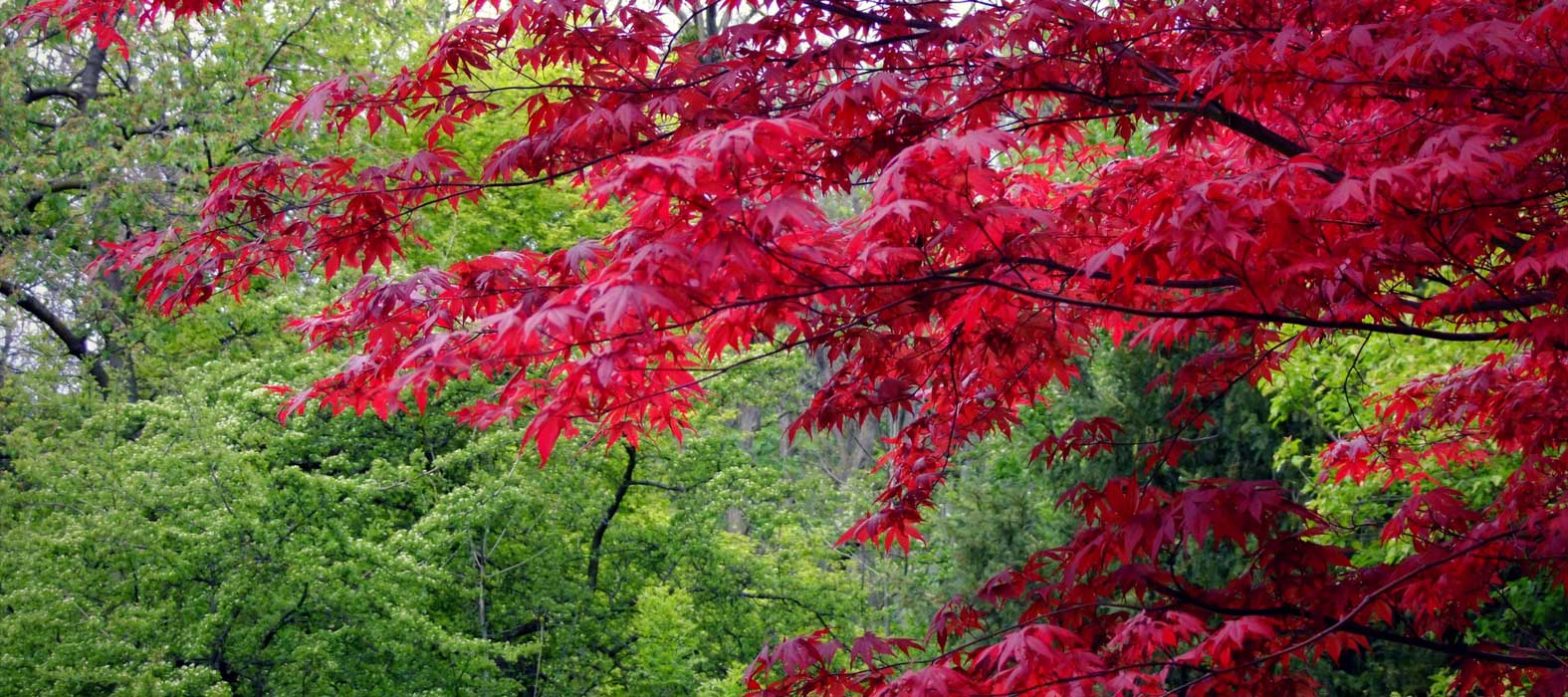
Coral disease
Japanese maples are susceptible to coral disease, Nectria cinnabarina, caused by a fungus that results in the appearance of coral-coloured pustules on the trunk and branches. It blocks the vessels that allow the circulation of sap. The affected shoots die, and the fungus spreads within the plant. Cut and burn the affected parts, apply a sealant to aid healing, and spray a fungicidal treatment (such as Bordeaux mixture). Remember to disinfect your tools to prevent spreading the disease to other plants.
Consult our advice sheet – How to prevent coral disease
Armillaria
The honey fungus, or root rot, is a fungus that colonises trees by spreading through the soil. The one that attacks the maple is Armillaria mellea, the honey-coloured Armillaria. The fungus establishes itself at the base of the trunk, beneath the bark. It rots the roots by producing filaments that wrap around them, then degrades the base of the tree, above the collar. The root system dies, and the branches dry out very abruptly, within a few days, and unfortunately, there is no curative treatment. If your tree dies, it must be removed and, if possible, burned, then replace the surface soil. The fungus is favoured by heavy, damp, clayey soils, and primarily affects already weakened or injured plants.
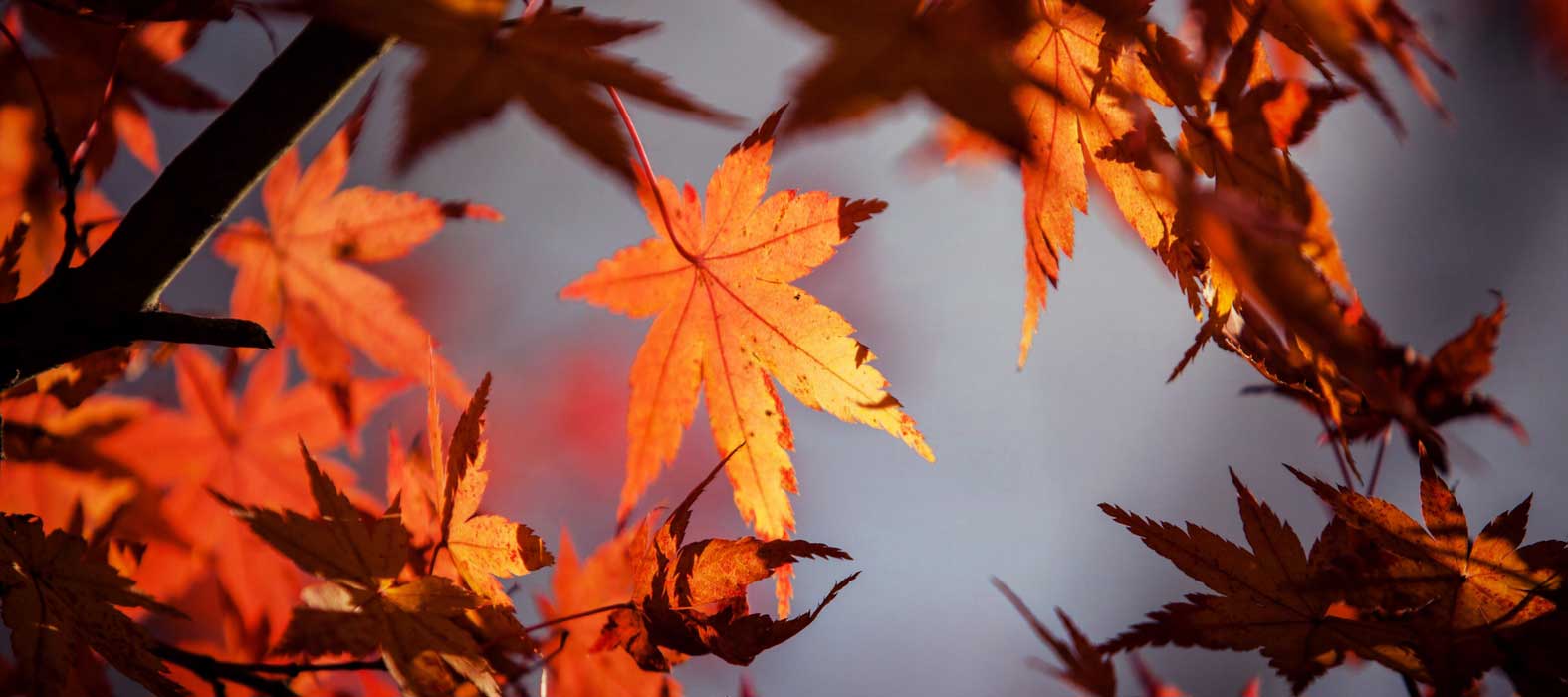
Pests: caterpillars, aphids, scale insects... How to fight them?
The Japanese maple is sometimes infested by defoliating caterpillars, which devour the tender leaves in spring. These are butterfly larvae, visible to the naked eye on the leaves. Prune and burn the affected parts, and in case of a severe attack, spray a treatment based on Bacillus thuringiensis. You can also make a decoction of elder leaves to apply as a spray on the foliage.
Maples are also sometimes targeted by aphids, green or black, and mealybugs, recognisable by their cottony white appearance. These insects pierce and suck the sap from the tree, and they secrete honeydew which can lead to the appearance of sooty mould. To get rid of aphids, use black soap or nettle manure. Against mealybugs, we recommend applying a mixture of 90° alcohol and black soap, diluted in water.
Sometimes, it is red spiders that attack maples. They thrive in warm and dry conditions; you can prevent them by misting the foliage in summer, which the maple will particularly appreciate! In case of a significant attack, you can spray a garlic infusion, nettle manure, or a product based on pyrethrum.
- Subscribe!
- Contents
































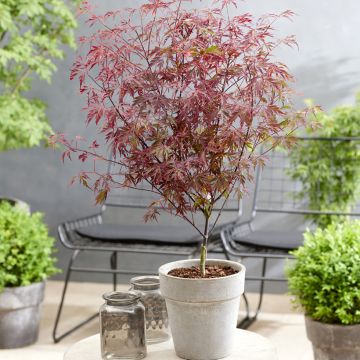

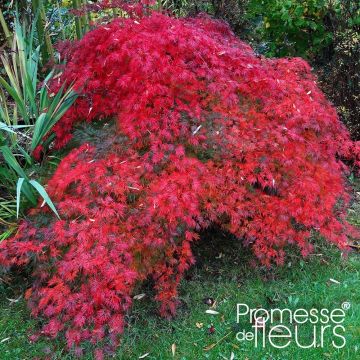
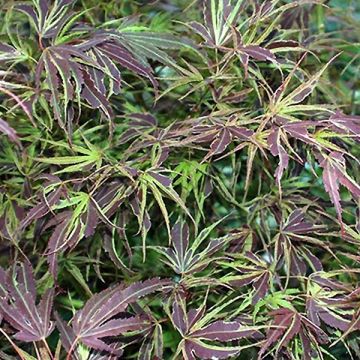


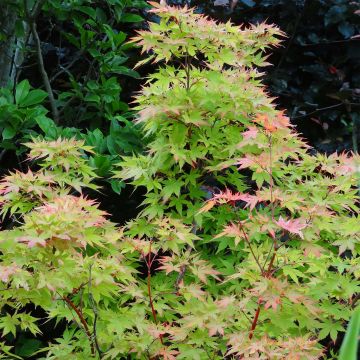
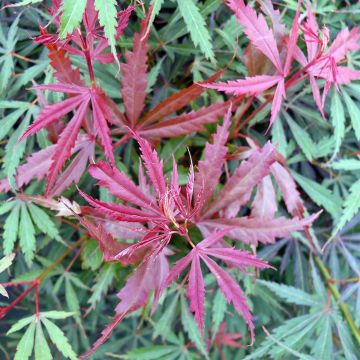
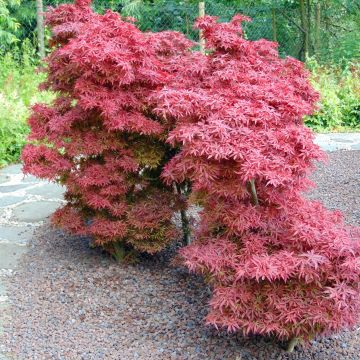
Comments